Learning from Bee Brains
Interview with
Ben - The only visual information we have about the outside world, thinking about it objectively is patterns of light that fall on our eyes. We've just heard how the brain can interpret that light differently depending on what you're doing at the time. But actually, all this means that we don't really see what's really there, the context itself is important. To find out why, Beau Lotto from the University College London is looking at optical illusions, and finding out how bees see the world. Meera Senthilingam went along to have her eyes fooled...
Beau - So what we're looking at is a very well-known, very simple illusion called simultaneous brightness contrast and so we see two small squares and each of those squares is on two different surrounds.
Meera - Yes. Looking at this, there are two grey squares. One's on a darker grey background and one's on a white background and to me now, these two smaller grey squares look like different shades of grey.
Beau - That's right. But if you put up a photometer, if you put up a light measurer to them, you would find out that those smaller squares are physically the same. Their emitting the same amount of light to your eye and yet they look differently bright. Now most textbooks would say, the reason for this is simply that one is on a light surround and one is on dark surround but that answer can't be right because I can also create an illusion where something on a dark surround looks darker than something on a light surround. The illusion goes exactly the opposite direction. So it can't simply be about, it's the lightness and the darkness of the surround that matters. The argument here is what those relationships meant for your behaviour in the past?
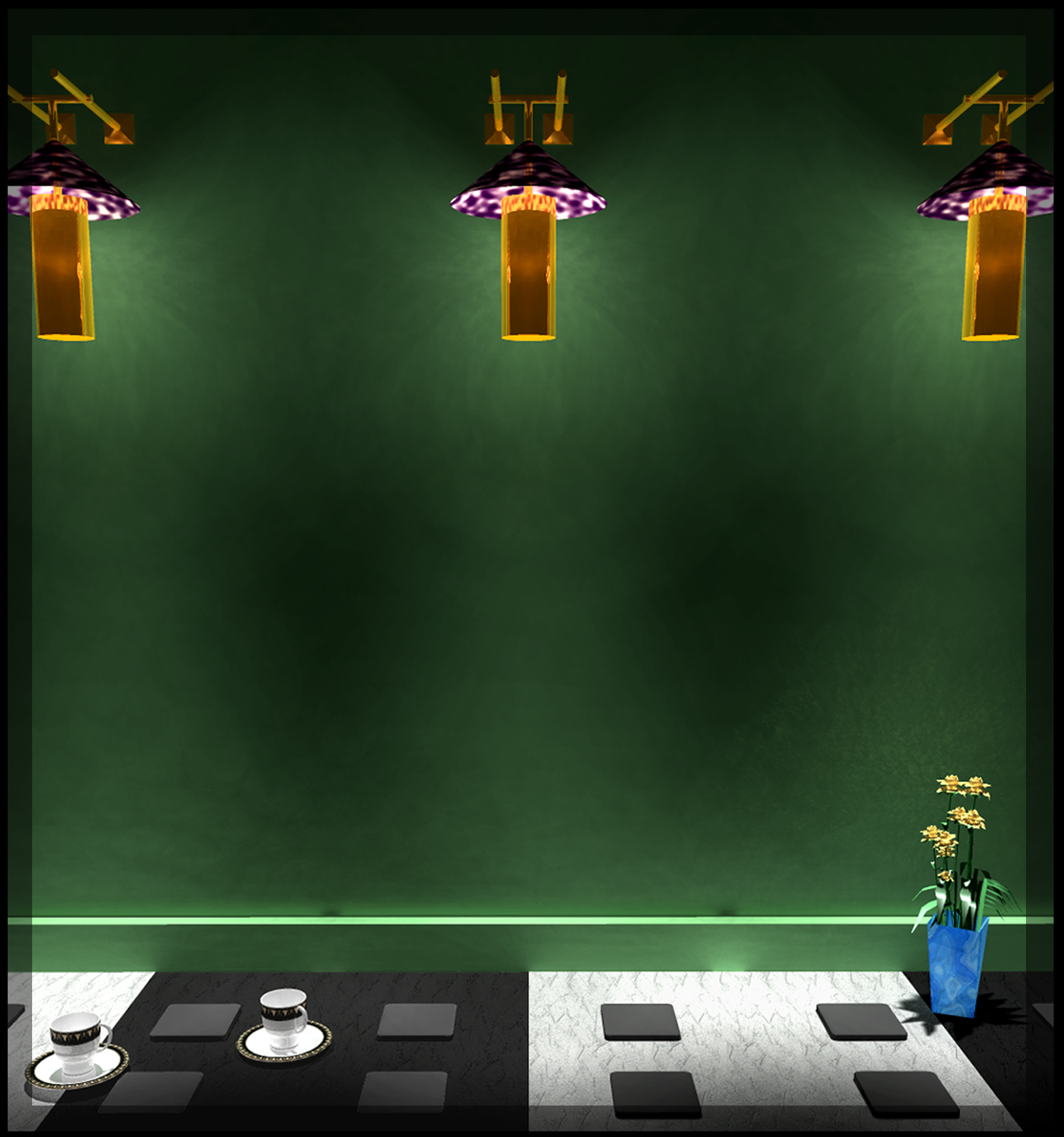 | 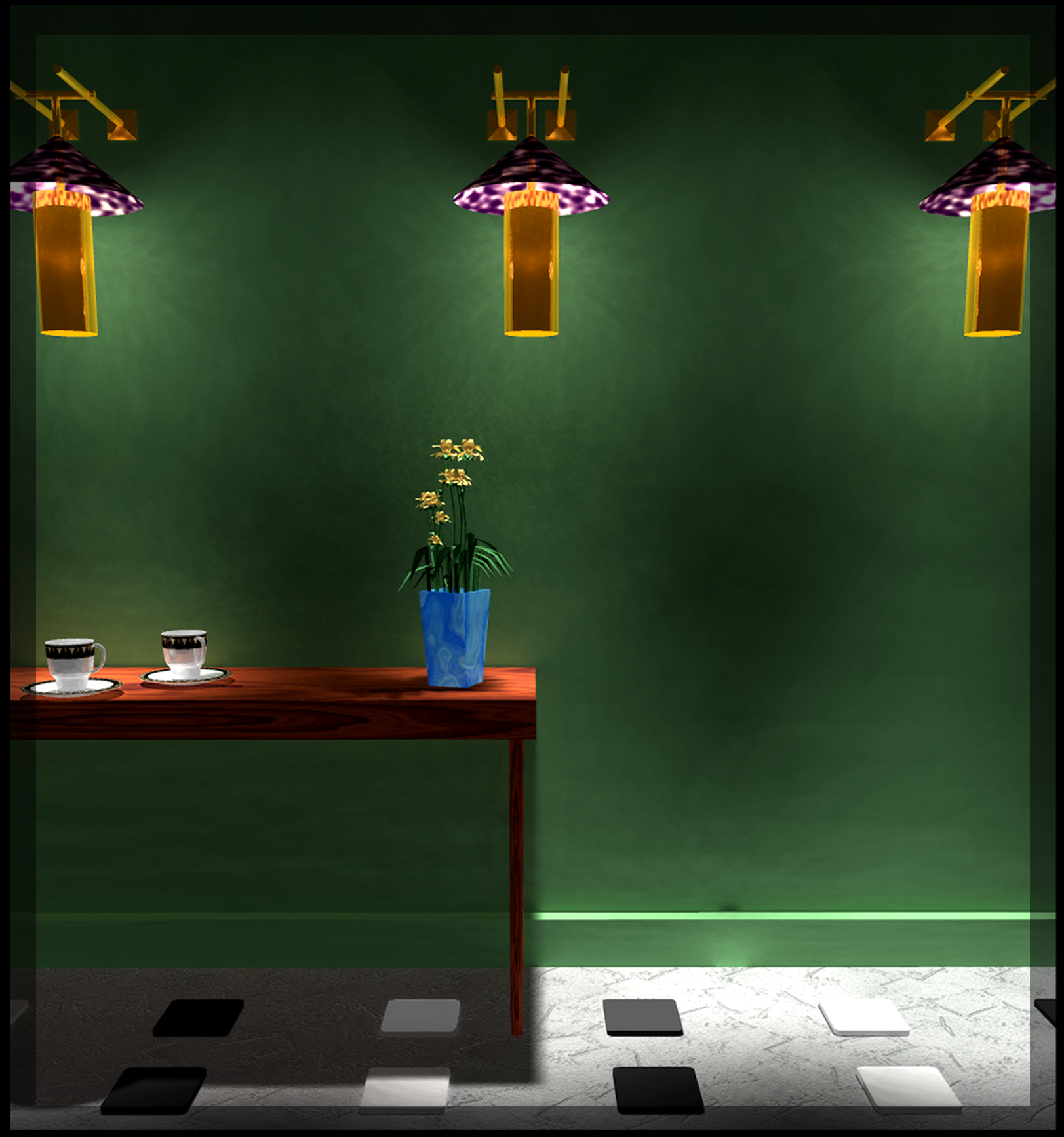 |
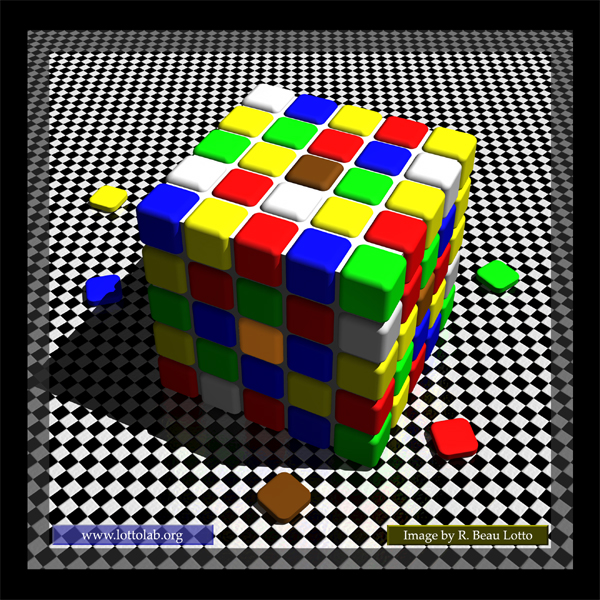 | 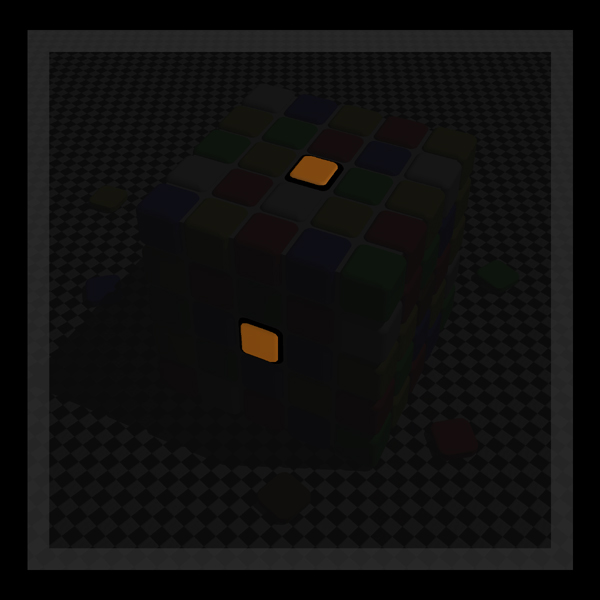 |
Meera - So having used all these images and knowing what you know so far, do you know much about the actual physiology and the mechanisms going on in our brains that cause us to see these illusions in this way.
Beau - Well to understand how we see illusions is to understand how we see generally. And what this work suggests is that the only way we can understand perception is to quantify our history of experience or with humans, this is very difficult because our history is for the most part lost to us. But fortunately, to understand something like seeing colour and dealing with the ambiguity of light stimuli, we don't need to work, focus on humans when in fact, we don't even need to focus on mammals. We can look at insects and in particular, we can look at bumblebees. So the beautiful thing about bumblebees is that they see colour and we see colour. Their brain is able to resolve the ambiguity of light stimuli and the wonderful thing about bumblebees as opposed to honeybees is that we can completely control their visual experience which means that we can raise them in an environment where we know everything about the colours that they have seen. And we can look to see how that experience shapes itself in the architecture of their brain and also the resulting behaviours.
Meera - So how do you know ago about testing these bees because I just now have an image of you showing lots of illusions to bees.
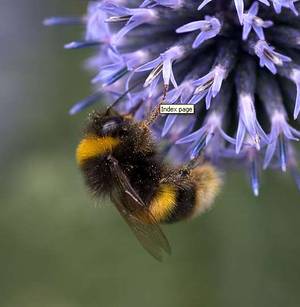 Beau - Well in a way we do actually. So we do that in a space we call the bee matrix. It's a plexiglass cube that's one meter on all sides and at one end, you have 64 flowers that are lit up from behind and with these flowers, we can control the colour by putting filters behind them and we can train the bees to go to certain colours and not others. So if they land on the right colour, they get a sugar reward. If they land at the wrong colour, they get saltwater. So what we can do is we can train them to go to, for instance, find the blue flower, except the blue flower is now under different colours of light. So the light coming from the blue flower varies. So what they have to do is they have to use their relationships between the flowers and the surround in order to figure out which is the cracked one and what we found is that they do that. They actually encode the colour relationships so they can learn to go to the bluest flower in the array or the yellowest flower in the array. Now sometimes, a grey flower is the bluest flower if everything else is yellow so it's actually a pretty complex thing that they're doing and then what we can do is we can look to see how those relationships are encoded in the architecture of their brain. So the brain doesn't do absolutes. It can't do absolutes. There's no point in seeing absolutes. What it does is it encodes relationships and it's actively encoding the relationships that matter.
Beau - Well in a way we do actually. So we do that in a space we call the bee matrix. It's a plexiglass cube that's one meter on all sides and at one end, you have 64 flowers that are lit up from behind and with these flowers, we can control the colour by putting filters behind them and we can train the bees to go to certain colours and not others. So if they land on the right colour, they get a sugar reward. If they land at the wrong colour, they get saltwater. So what we can do is we can train them to go to, for instance, find the blue flower, except the blue flower is now under different colours of light. So the light coming from the blue flower varies. So what they have to do is they have to use their relationships between the flowers and the surround in order to figure out which is the cracked one and what we found is that they do that. They actually encode the colour relationships so they can learn to go to the bluest flower in the array or the yellowest flower in the array. Now sometimes, a grey flower is the bluest flower if everything else is yellow so it's actually a pretty complex thing that they're doing and then what we can do is we can look to see how those relationships are encoded in the architecture of their brain. So the brain doesn't do absolutes. It can't do absolutes. There's no point in seeing absolutes. What it does is it encodes relationships and it's actively encoding the relationships that matter.
Meera - And this is all not just through the training of them from their birth but it actually just goes through the past evolution of the bees and of us humans.
Beau - That's true so we come into the world with the ability to encode relationships. When we talk about experience, we don't distinguish between evolutionary history or development or memory. Basically, they're all different ways of doing the same thing which is to shape the brain according to its trial and history of experience.
Meera - So you now know this about the bees' behaviour but what are you working on now and next in order to understand just what's going on inside the brain?
Beau - So what we want to do now is trying to discover how those relationships are actually encoded in the structure of their brain and to do that, we can take little electrodes which are fine, fine wires and stick them into the brain of the bee and we can listen to their brain cells while they see the history of their own visual experience. The reason why we do it in humans and bumblebees is that these are very, very different types of brains taking the same kind of information coming up with the same solution. And if we can understand how both types of brains do it, then we can understand the principle that is relevant to both.
- Previous Paying Attention
- Next The World Conference of Science Journalists









Comments
Add a comment